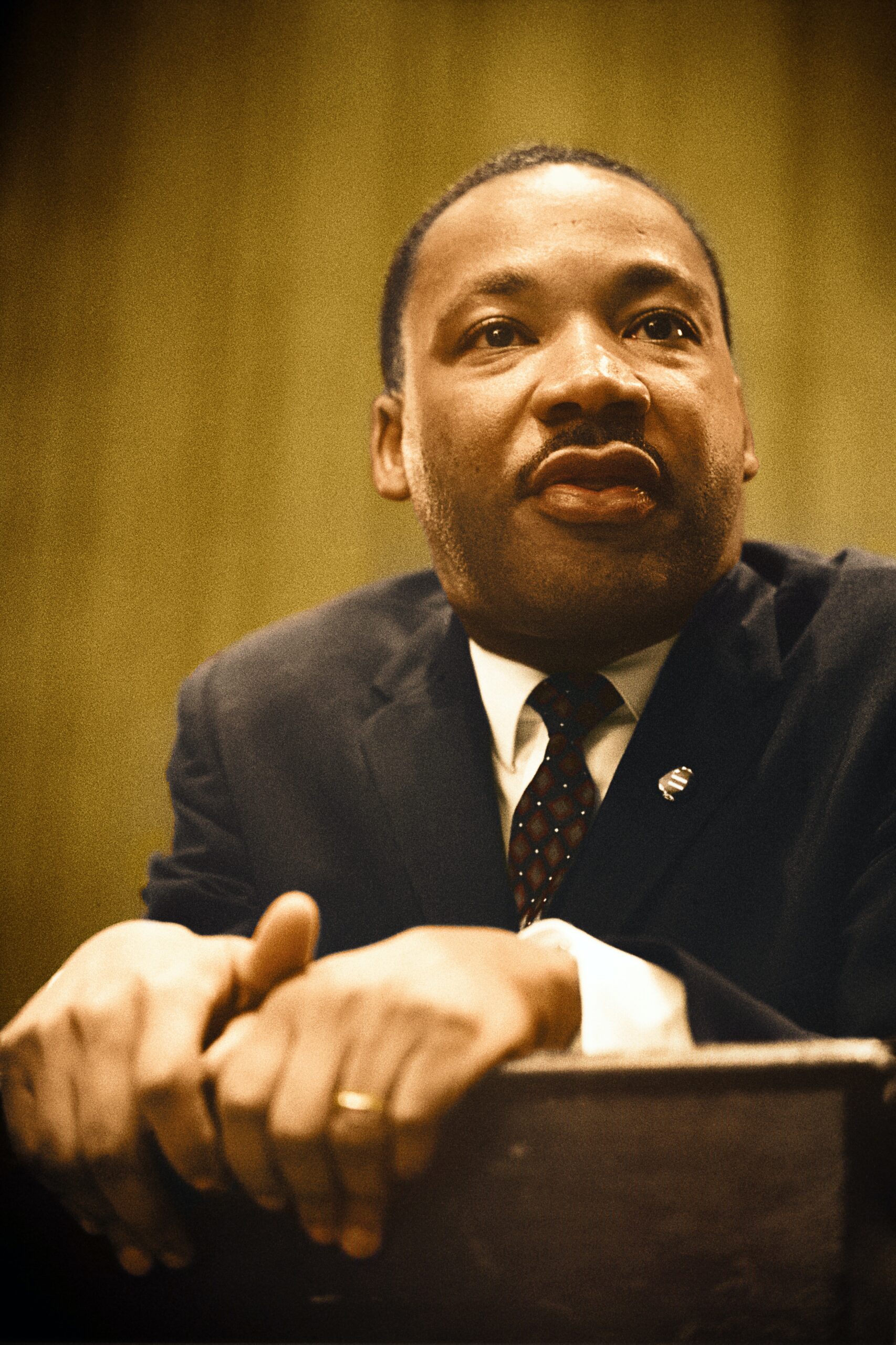The transatlantic slave trade represents one of the cruellest periods of human history. From the 16th to the 19th century, millions of Africans were forcibly taken from their homes, shipped across the ocean, and sold into slavery in the Americas. The trade was fueled by European demand for cheap labour and the capture and sale of Africans by other Africans.
Sermons on the evils of the slave trade started making rounds in the late 18th century across Britain. The founder of the Methodist movement, John Wesley was one of the most vocal advocates for the abolition of slavery. “Wicked, cruel, and diabolical commerce” were some of the words he used in describing the ills of slavery in his sermons. Several pamphlets and articles in support of abolition were also written by him.
The sermons of John Wesley had a profound effect on William Wilberforce who was a devout Christian, and the main abolitionist figurehead in the parliament. Wilberforce worked tirelessly to pass legislation to abolish the slave trade. He was recruited by Thomas Clarkson an Anglican clergyman who realized that the abolitionist required a brilliant advocate in parliament. The speeches delivered by Wilberforce were a major tool in the passing of the Abolition Act in 1807.
In America, the anti-slavery message was often carried by itinerant preachers who travelled from town to town, delivering sermons that challenged the prevailing views on slavery and urged people to take action against it. George Whitefield was one of the most well-known abolitionist preachers. Henry Highland Garnet and Theodore Parker’s fiery preaching was also at the forefront of the abolitionist movement in America.
These preachers often framed the issue of slavery in terms of sin and redemption, emphasizing the need for repentance and the responsibility of Christians to act against injustice. They used biblical texts to support their arguments, citing passages that affirmed the inherent value and dignity of all human beings and condemned the practice of enslavement.
The affirmation of the inherent value and dignity of all human beings was the key theme of the preachers who were at the forefront of the civil rights movement. Civil rights leaders like Martin Luther King Jr. and Fred Shuttlesworth were skilled orators, using their preaching to inspire and motivate their followers. King’s “I Have a Dream” speech, delivered at the March on Washington for Jobs and Freedom in 1963, is one of the most famous speeches in American history. Shuttlesworth’s “If You’re Not Part of the Solution, You’re Part of the Problem” sermon challenged apathy and complacency and called on listeners to take action.
It wasn’t just the high-profile leaders who used sermons to further the civil rights cause though. Local churches and pastors played a critical role in organizing and mobilizing communities. For example, it was the black church that served as the centre of the bus boycott that took place in Montgomery, with pastors like Ralph Abernathy and Martin Luther King Jr. leading the charge. Also, the preaching of local pastors in cities like Birmingham and Selma kept the movement going, even in the face of violent opposition.
What made these sermons so effective in driving social change? For one, they spoke to the hopes and fears of their audiences. They offered a vision of a better world, a world where people were treated with dignity and respect regardless of their race, gender, or social status. They also challenged their listeners to take action, to be part of the change they wished to see in the world.
In conclusion, the abolitionist movement and the civil rights movement are powerful reminders of the impact that sermons can have in driving social change. They teach us that when we use our voices to speak truth to power, to inspire and motivate others, and to challenge the status quo, we can make a difference in the world.
